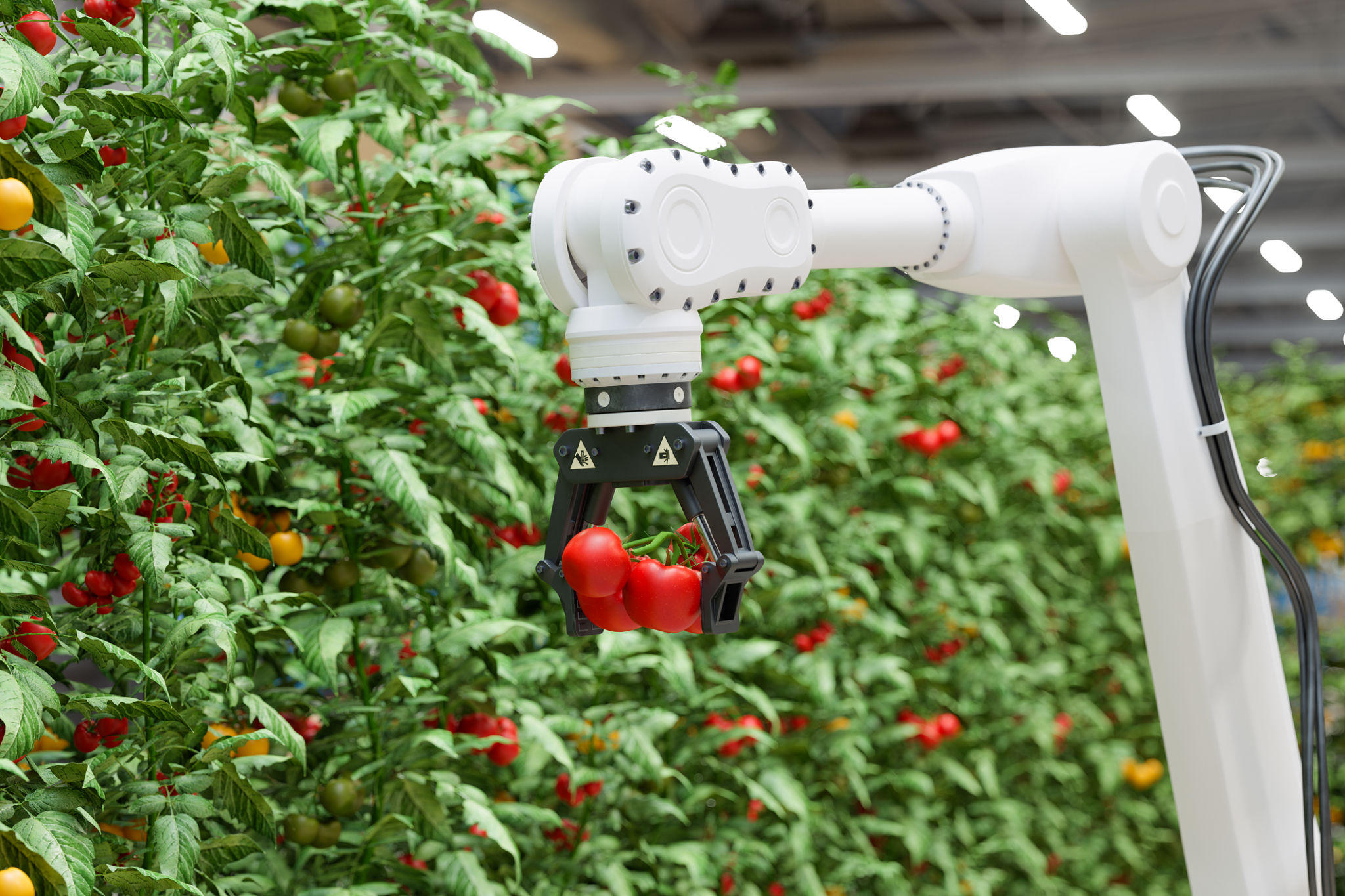Case Study: Successful Implementation of Robotic Harvesting in Colorado
Introduction to Robotic Harvesting
In recent years, technological advancements have dramatically transformed various sectors, including agriculture. One of the most significant developments has been the implementation of robotic harvesting. This technology promises increased efficiency, reduced labor costs, and enhanced crop yield. A notable example of successful robotic harvesting is seen in Colorado, where agricultural innovation is paving the way for the future.

The Need for Innovation in Agriculture
Traditional farming methods often face challenges such as labor shortages, high operational costs, and inconsistent harvest quality. These issues have prompted farmers to seek innovative solutions to optimize their operations. Robotic harvesting offers a promising alternative by automating the picking process, ensuring precision and consistency.
Colorado, with its diverse agricultural landscape, presents a unique opportunity for testing and implementing such technologies. The state's farmers have been at the forefront of embracing robotics to address these challenges, resulting in significant improvements in their operations.
Implementation in Colorado
The implementation of robotic harvesting in Colorado has been a collaborative effort between local farmers, technology developers, and research institutions. This collaboration has focused on creating customized robotic solutions tailored to the specific needs of Colorado's diverse crops.

One of the key aspects of this implementation has been the adaptation of robots to handle different types of crops. From delicate fruits like strawberries to robust vegetables like lettuce, these robots are designed to handle each crop with care and precision, minimizing damage and maximizing yield.
Benefits Realized
The successful implementation of robotic harvesting in Colorado has brought about several benefits:
- Increased Efficiency: Robots can work around the clock without fatigue, significantly increasing the speed and volume of harvests.
- Cost Reduction: By reducing dependence on manual labor, farmers can cut down on labor costs while maintaining high productivity.
- Improved Quality: Robots ensure that only ripe produce is picked, enhancing the overall quality of the harvest.

Challenges and Solutions
Despite its advantages, the implementation of robotic harvesting is not without challenges. Initial costs can be high, and there is often a steep learning curve associated with integrating new technologies into existing systems.
However, many farmers in Colorado have successfully navigated these challenges by accessing grants and subsidies designed to support agricultural innovation. Additionally, partnerships with technology providers have facilitated training programs to help farmers maximize the potential of their robotic systems.
The Future of Robotic Harvesting
The success of robotic harvesting in Colorado serves as an encouraging case study for other regions considering similar innovations. As technology continues to advance, we can expect even more sophisticated robotic solutions that further enhance agricultural productivity and sustainability.
Looking ahead, the integration of artificial intelligence and machine learning into these robots could provide even more precise and efficient harvesting capabilities, further transforming the agricultural landscape.
Conclusion
The case study of robotic harvesting in Colorado highlights the potential of technology to revolutionize traditional farming practices. By embracing innovation, farmers can overcome many longstanding challenges and ensure their operations remain sustainable and competitive in an ever-evolving industry.
As more regions look to emulate Colorado’s success, it is clear that robotic harvesting will play a crucial role in shaping the future of agriculture worldwide.